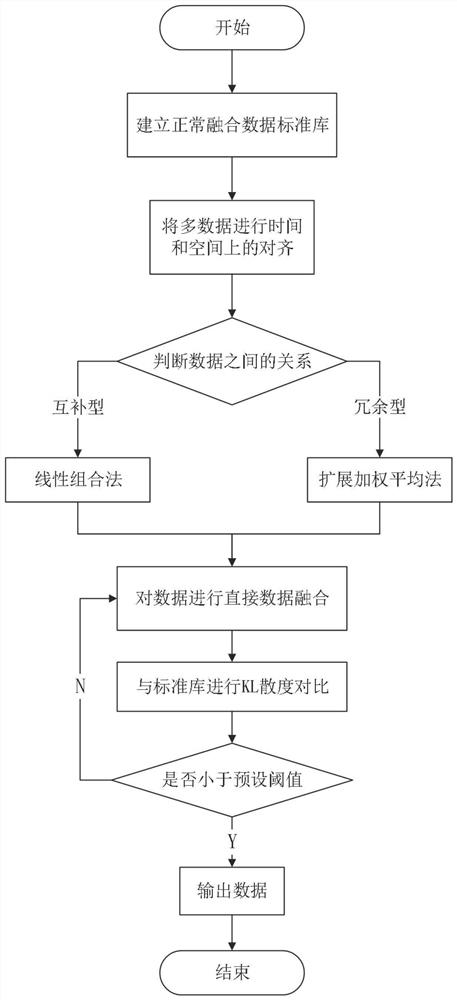Charging pile noise reduction control method, device and system based on clustering analysis
A control method and cluster analysis technology, applied in charging stations, electric vehicle charging technology, electric vehicles, etc., can solve problems such as the inability to meet the needs of noise reduction, noise pollution in the surrounding environment, and single sensor acquisition of noise signals, etc.
- Summary
- Abstract
- Description
- Claims
- Application Information
AI Technical Summary
Problems solved by technology
Method used
Image
Examples
Embodiment Construction
[0146] The technical solutions in the embodiments of the present invention will be clearly and completely described below with reference to the accompanying drawings in the embodiments of the present invention. Obviously, the described embodiments are only a part of the embodiments of the present invention, not all of the embodiments. Based on the embodiments of the present invention, all other embodiments obtained by those of ordinary skill in the art without creative efforts shall fall within the protection scope of the present invention.
[0147] In order to solve the problem in the prior art, a single sensor is basically used to collect noise signals, and an accurate feedforward signal cannot be obtained. At the same time, most of the noise thresholds are artificially set, which cannot be automatically updated according to the surrounding environment and time period, and cannot achieve effective noise reduction. Noise control method, device and system.
[0148] The invent...
PUM
 Login to View More
Login to View More Abstract
Description
Claims
Application Information
 Login to View More
Login to View More - R&D
- Intellectual Property
- Life Sciences
- Materials
- Tech Scout
- Unparalleled Data Quality
- Higher Quality Content
- 60% Fewer Hallucinations
Browse by: Latest US Patents, China's latest patents, Technical Efficacy Thesaurus, Application Domain, Technology Topic, Popular Technical Reports.
© 2025 PatSnap. All rights reserved.Legal|Privacy policy|Modern Slavery Act Transparency Statement|Sitemap|About US| Contact US: help@patsnap.com



